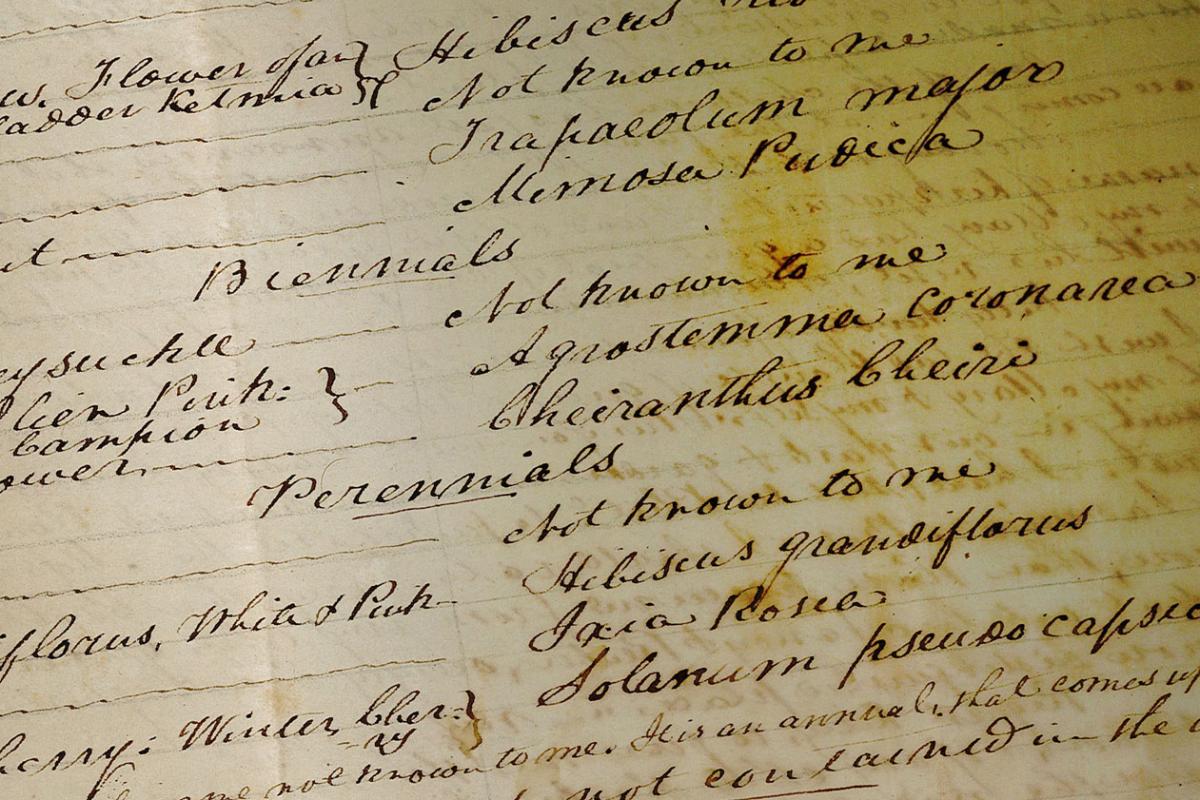
This perennial ritual of wintertime planning for the next year is not new. While our gardeners were looking through catalogs for this year, I had the opportunity to read some old letters in our archives that shared that same sentiment.
Glen Burnie Seeds: A Story
In the dreary days of late winter, the seeds of our summer garden are sown. Literally. In the past week we have gotten dozens of packets of seeds in the mail. By the end of the month, new seedlings will sprout in the greenhouse and in the weeks to come these plants will grow into small plants ready for our spring and summer displays.
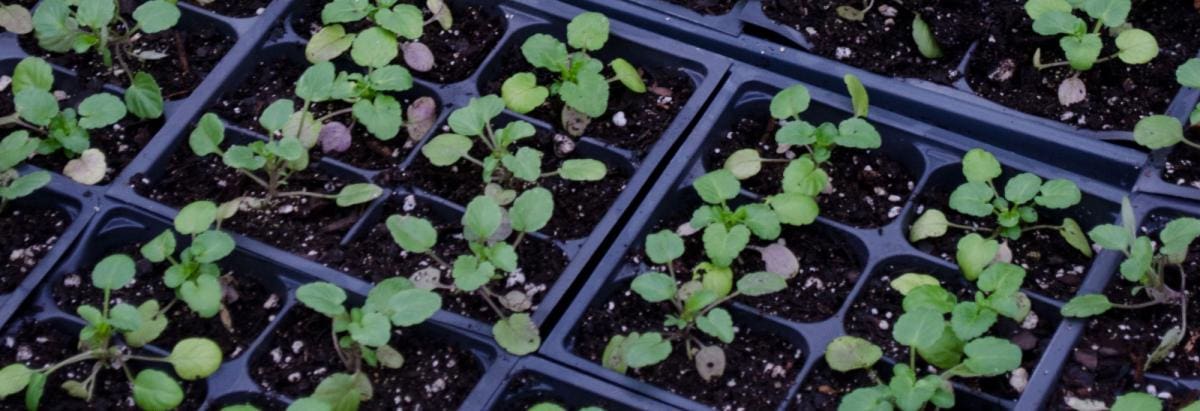
“Seedlings in the Greenhouse”
But before the action starts in the greenhouse, our gardeners had to spend time envisioning what the garden should look like. That required them to peruse catalogs of plants and seeds, planning what each space required and which plants would fit the bill. As many gardeners know, it can be fun to dream about what can be. Seed catalogs are full of promise – rich descriptions of flowers and vegetables that will grow lushly if only you add a little water, dirt and some attention. At least that is the dream.
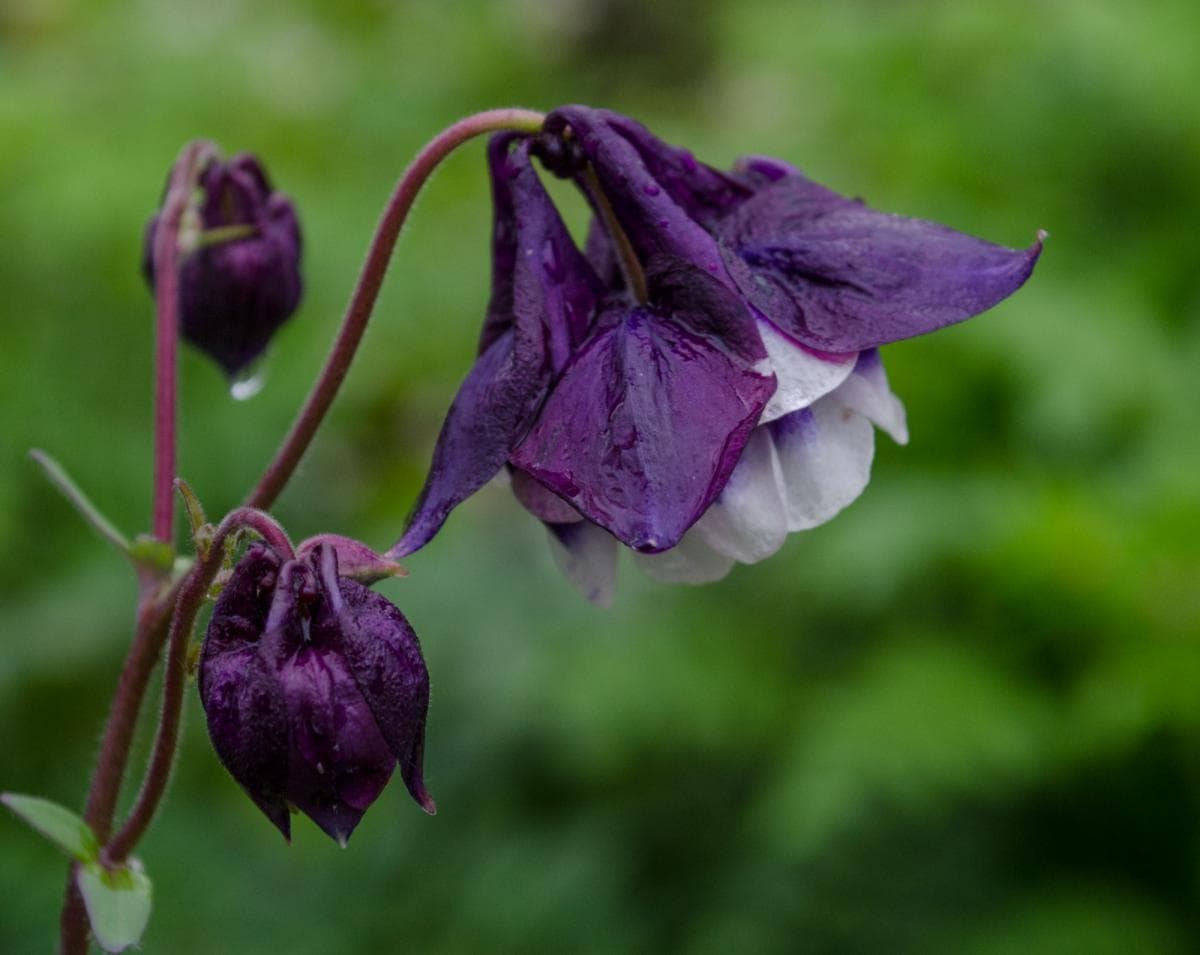
“Columbine”
This perennial ritual of wintertime planning for the next year is not new. While our gardeners were looking through catalogs for this year, I had the opportunity to read some old letters in our archives that shared that same sentiment. In the fall of 1822, Lawrence Augustine Washington, nephew of George Washington and married to Mary Wood (daughter of Robert Wood who built Glen Burnie), corresponded with his sister-in-law Sally Wood. Sally asked him for some seeds from his home near Wheeling, Virginia (now West Virginia) so that she could plant them here at Glen Burnie. He replied in late September with a list of seeds he could send her but feared they could not “add much to [her] own stock.”
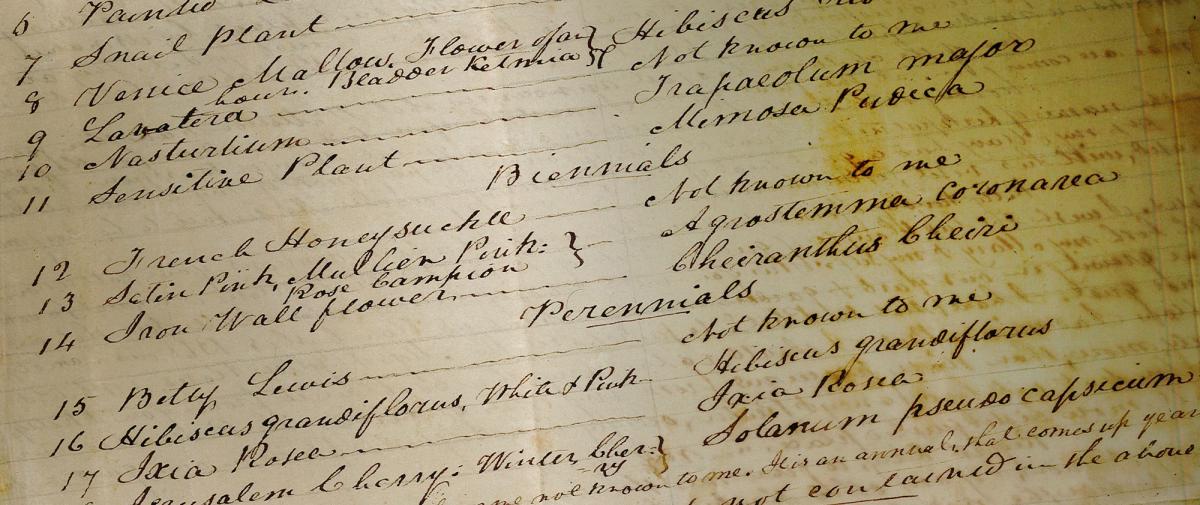
“Detail of a Letter from Lawrence Washington to Sally Wood”
Before Sally could reply, Lawrence wrote again in November of 1822:
“I gave you an additional list of flower seeds to choose from & was desirous to know your choices before I wrote. But upon reflection, I think it better not to postpone my answer longer & to send you, at a venture, some of each kind of seed. Because, if you should already possess some of them, an addition to your stock can do no harm & you may have the pleasure to give them to others who may want them.”
What followed is a list of more than 45 types of seeds and 2 types of plants Lawrence Washington sent to Sally Wood to use here at Glen Burnie. The list includes many classic garden plants such as catchfly, columbine, double larkspur, evening primrose, nasturtium, rose campion, sensitive plant, and wallflower. Some plants had what we would now consider old-fashioned names, but fortunately he also listed botanical names so it made identification easier. For example, he had two names for one plant – Heartsease and Johnny Jump Up and Kiss Me – which are not commonly used for Viola tricolor these days. Of course most people now just call them Johnny Jump Ups. Finally, in that list are several plants that are much more difficult to identify. For example he sent seeds of Funnel Plant, but since he did not know the botanical name, the true identity is elusive for the moment. Further study of his description may reveal some clues.
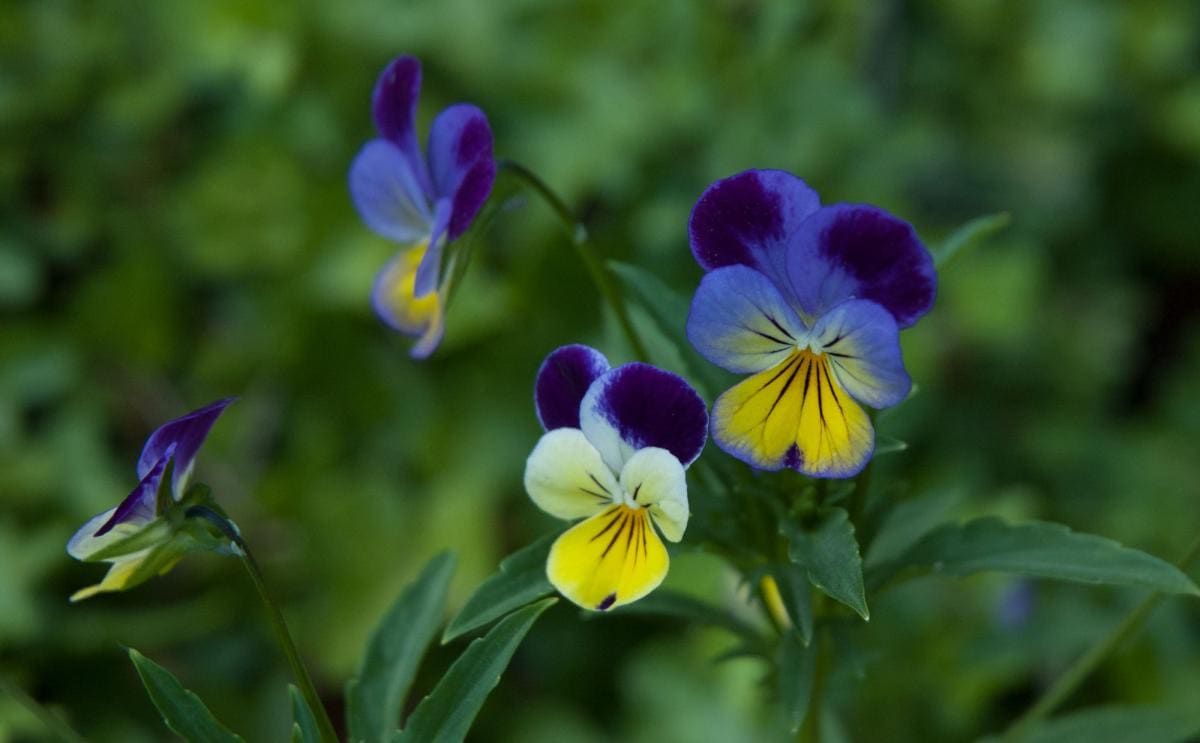
Viola tricolor
What is most heartening is that almost half of the plants listed are currently growing in the garden. Over the next few years I would like us to add as many of the others as possible. I already added balsam and annual candy tuft to this year’s seed orders.
In the next few blog posts, I hope to share more about these plants, both the ones we know and the ones that are a mystery. Stay tuned.
Photos by Director of Gardens Perry Mathewes.
2nd from Bottom Image: Detail of a Letter from Lawrence Washington to Sally Wood, 1822. Wood-Glass, papers, the Museum of the Shenandoah Valley.